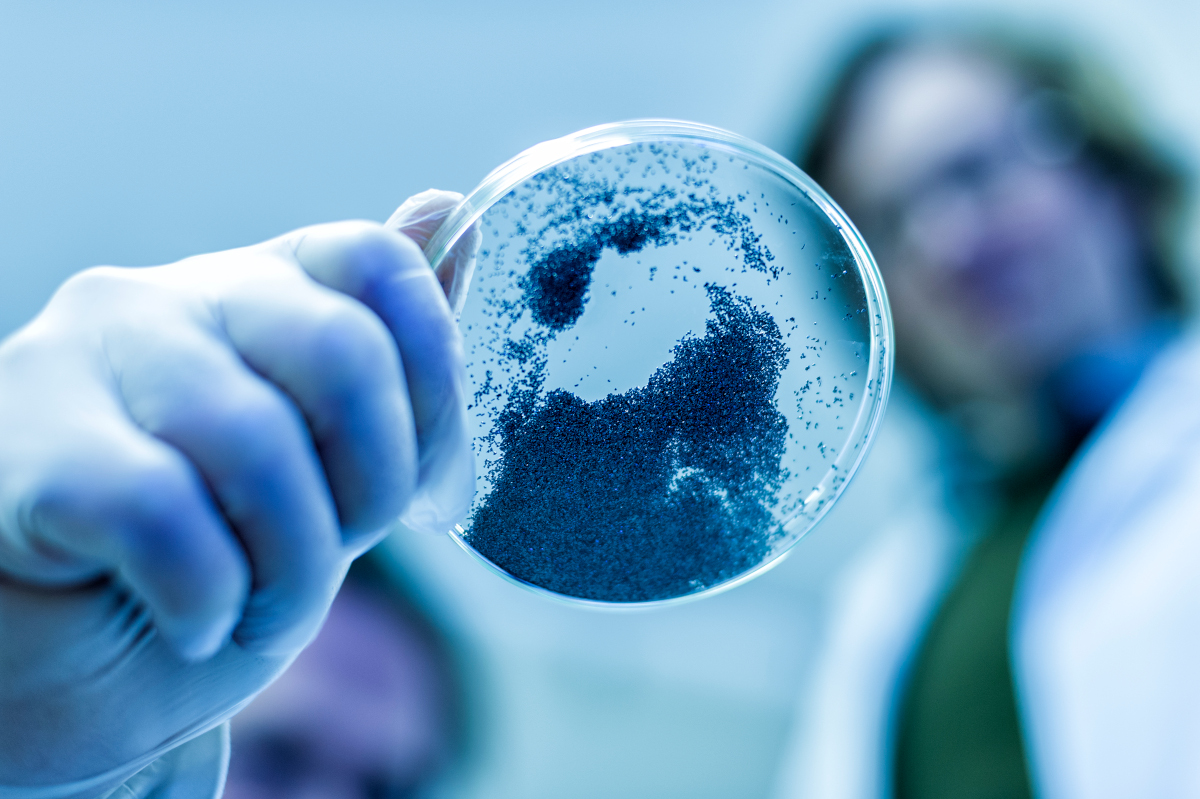SAGA
SAGA (Surface treatment of Artificial Graphite for Anodes in Lithium-Ion Batteries) is an innovation project for the industrial sector. The project is supported by the Research Council of Norway (RCN) with NOK 8 million and is led by Elkem in collaboration with IFE and SINTEF.
How long are you willing to wait for your electrical vehicle (EV) to charge during those family vacations? What is the limit for you to consider switching out your gasoline/diesel car? Most of us want to be environmentally friendly, but the practicality of fossil fuels-based cars, in terms of long distances driving, still outweigh its electrical replacement. A lot of research is currently focused on increasing the battery capacity, thereby increasing the effective driving distance. However, an EV with 50 km driving distance could easily be practical for long distance driving, if it only could be charged within 15-20 min. In addition, EU has a strong focus on sustainability throughout the value chain and securing raw materials in Europe with low carbon footprint is highly valued.
Herein lies the main objective of SAGA; Enable fast charging of lithium ion batteries (LIBs) by surface modification of artificial graphite and reduce the carbon footprint to ensure a sustainable value chain
The project leader, Elkem, is planning industrial scale production of artificial graphite for anodes in lithium-ion batteries in the coming years. The goal is to supply the growing demand in Europe for lithium-ion batteries in a sustainable manner with a low carbon footprint. For this to be successful it requires materials of high performance and fast charging without compromising lifetime, energy density or safety.
The technical approach will focus on advanced surface treatments and mixed potential composite surface designs to encourage fast ion transport through the solid electrolyte interface. Reuse of graphite from end of life lithium-ion cells with new surface treatment methods and replacement of virgin fossil-based coating materials with bio-materials will be the technical approach for second generation materials.

